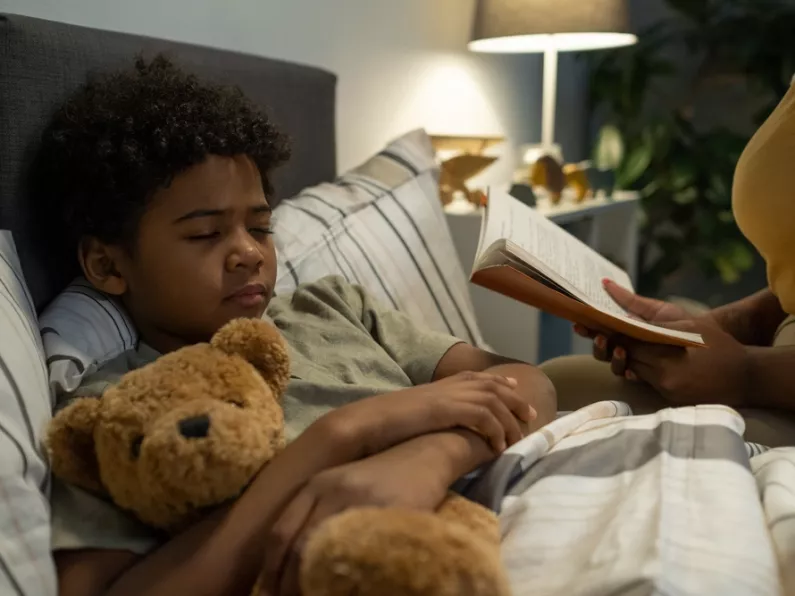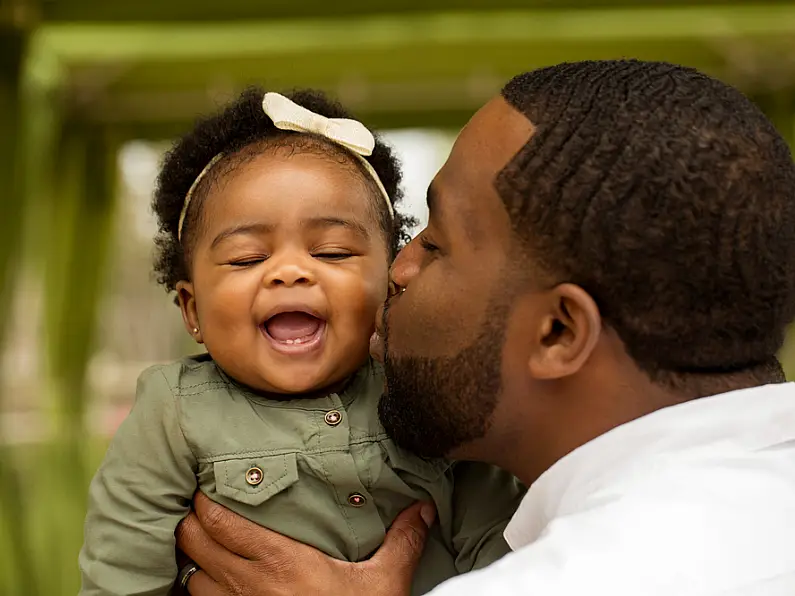Child bedtime routines; words that send shivers down the spines of parents everywhere!
In its book, 'Guide to Your Child's Sleep', the American Academy of Pediatrics says "it's almost impossible to over-stress the importance of a calm, orderly bedtime routine".
Regardless of whether you have an infant, toddler, kindergartner, or preteen, a good bedtime routine can be the difference between good sleep habits and a lot of sleepless nights.
But if only it was that easy.
Our little ones often want to be cuddled and rocked to sleep and even if you manage to get them into bed, they might have trouble staying there!
Rest assured you're not alone if you're facing sleepless nights. And maybe you can give some of these tried and tested methods for getting your child to sleep a go.
Bedtime routine do's and don'ts
The key steps for establishing an effective bedtime routine for your child from day one include:
- Establish a bedtime routine early: It's much easier to begin a good bedtime routine when your baby is young than to try and change poor sleep routines when you have a toddler or preschooler who still isn't sleeping well. However, it's never too late to adopt an effective bedtime routine that promotes positive sleep habits.
- Be consistent: Your bedtime routine may change over time as your child gets older, but it should be fairly consistent from day to day, starting at the same time and going in the same order. For example, it might include a bath, putting on pyjamas, reading a few bedtime stories, or singing some lullabies, getting into bed, and a final goodnight.
- Make brushing their teeth a habit: Whether you are cleaning your baby's gums or reminding your older child to brush and floss, proper dental hygiene is a good habit to include in your child's bedtime routine.
- Keep it short: A good bedtime routine will probably only last about 10 to 15 minutes, or a little longer if you include a bath.
- Make it age-appropriate: Your child's bedtime routine will change over time as they get older. Make sure you evolve.
- Offer limited choices: Your child shouldn't decide when to go to bed or how long the routine is, but you can let them have some control over their bedtime routine. For example, let them choose which books to read.
- Have them use the potty: This is especially important for younger kids who still have issues with bedwetting.
- Prepare for a little crying: There will be a few tears and that's OK if they quickly settle down and you're comfortable letting them cry for a few minutes.
- Make the room dark: Good sleep hygiene is essential.
- Use a security object: A teddy or a blanket will help soothe your child, but only for babies over one years old.
Bedtime don'ts
Just like there are a lot of right ways to have a good bedtime routine, there are also things you should avoid.
- Don't presume poor sleep habits will just go away: Don't assume that your child will outgrow poor sleep habits. Unfortunately, if nothing is done, many children who have sleep problems as infants and toddlers continue to sleep poorly even once they start school.
- Don't create poor sleep associations: If your child associates falling asleep with being rocked, for example, if they wake up in the middle of the night, they probably won't be able to go back to sleep unless you rock them.
- Don't allow stimulating activities before bed: Avoid active play or screens before bed. And no caffeine!
- Don't drag it out: Set boundaries and be consistent.
No sleep magic wand
There is no single right way to set up a bedtime routine.
As long as your child falls asleep easily and safely and sleeps all night, then your bedtime routine is likely working well.
And good sleep is key to a happy mom!







